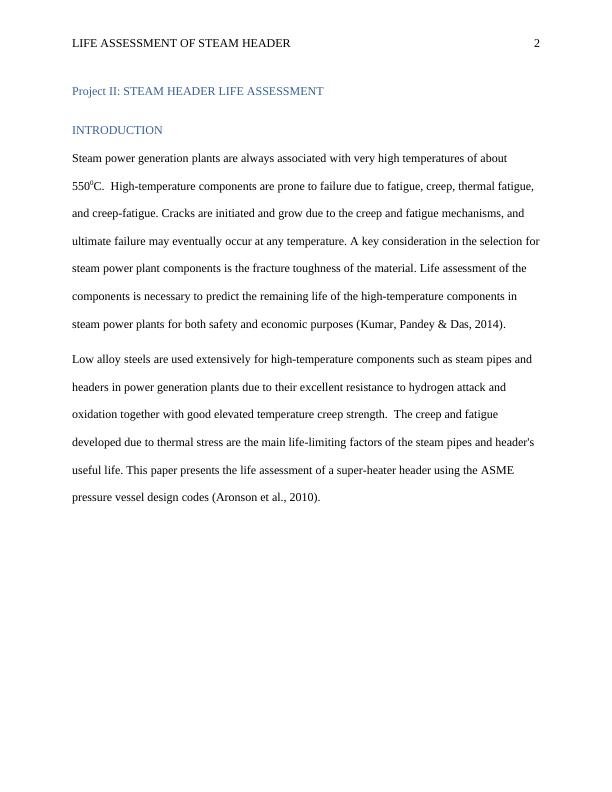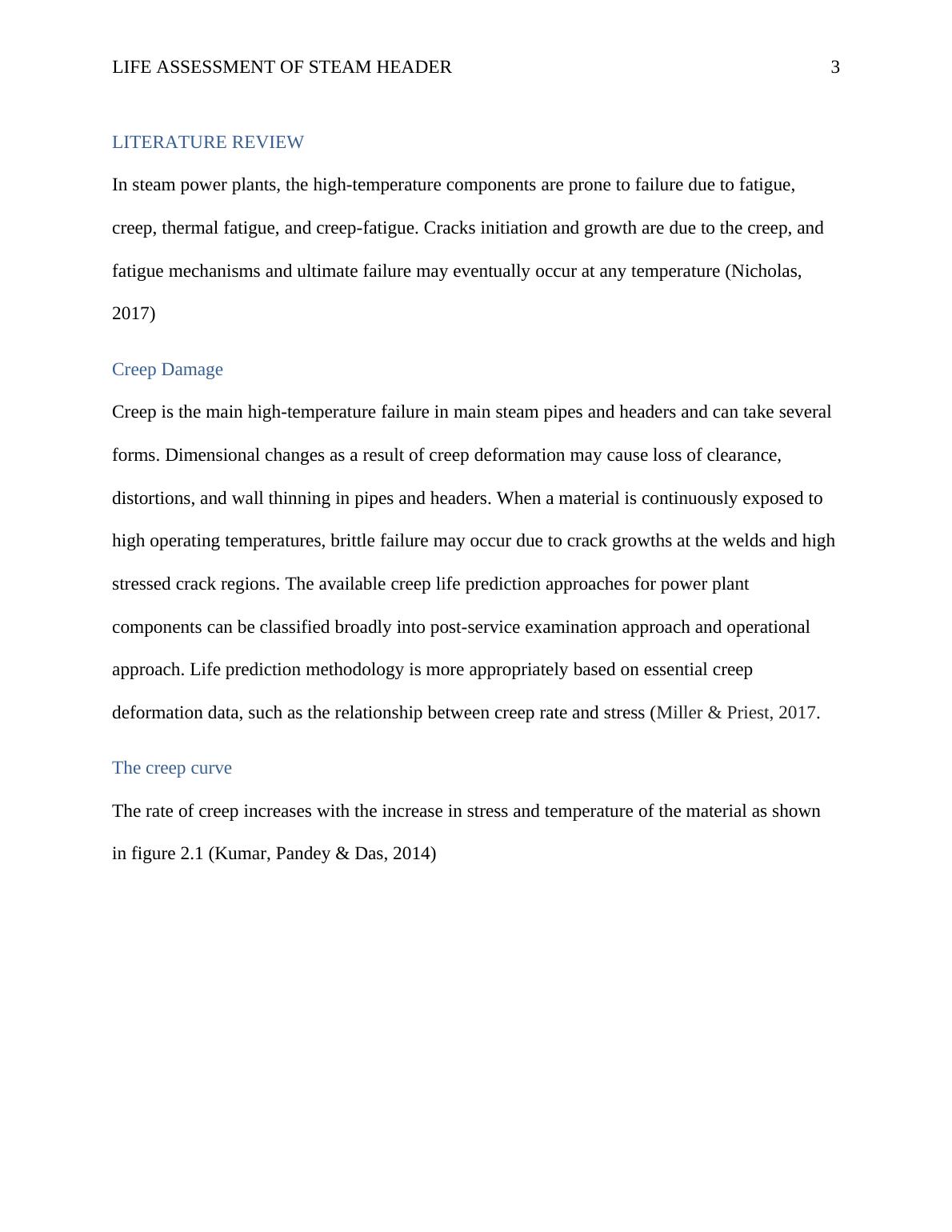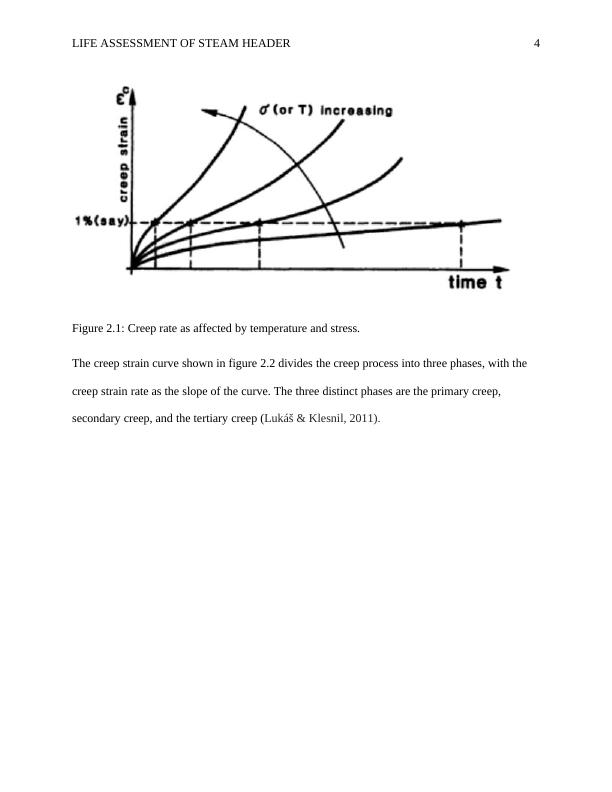Life Assessment of Steam Header
This unit is assessed by a report containing two pieces of coursework of equal weighting (50%). The coursework draws on experience from industrial consulting work on the application of fracture mechanics and creep-fatigue analysis, and is aimed at providing a realistic opportunity for work experience at engineering consulting in some of the key areas of structural integrity assessment.
Added on 2022-08-22
Life Assessment of Steam Header
This unit is assessed by a report containing two pieces of coursework of equal weighting (50%). The coursework draws on experience from industrial consulting work on the application of fracture mechanics and creep-fatigue analysis, and is aimed at providing a realistic opportunity for work experience at engineering consulting in some of the key areas of structural integrity assessment.
Added on 2022-08-22
End of preview
Want to access all the pages? Upload your documents or become a member.




